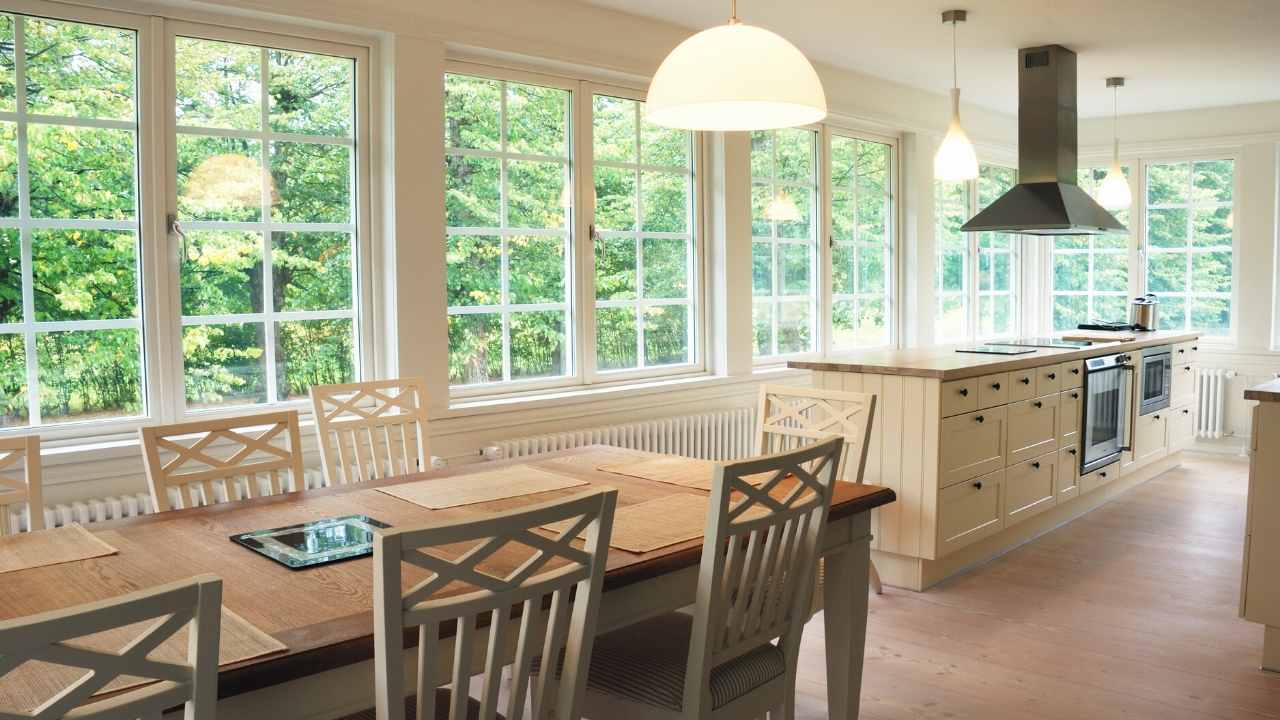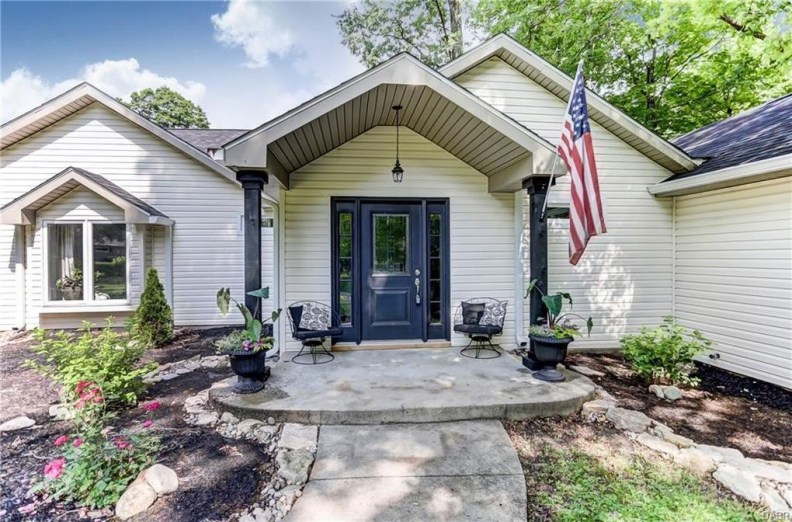
Before you decide to tear down a wall, you must know what it is made of. Non-load-bearing walls need a more surgical approach. It can be dangerous and messy to smash them with hammers. It's better to remove walls in layers, similar to peeling onions. First you need to remove any items within the wall. After that, you need to remove the wallpaper. You can then remove all wall support structures, and the existing studs will need to be cut down.
Before starting, you must first determine if the wall is load-bearing or not. This can be difficult if the wall has bricks. In such cases, you will require a structural engineer’s report. The next step will be to determine if the wall has any plumbing in it. If there is plumbing in the wall, you will need routing the pipes and electrical outlets. It can be dangerous to remove load-bearing walls.

Removing a wall is a great idea for renovating an old house. This is a great idea to increase the space in your home and make it more inviting. Next, you can begin to work on a new design. You can make your home more spacious by removing a wall. Protect your property! When tearing down a room, be sure to consider the impact on the structure of the demolition on the surrounding area.
Before you begin tearing down a building, identify whether it is load-bearing. If you examine a wall carefully, it will usually be easy to determine if it's load-bearing. If you are working from a second floor you should inspect the crawlspace and basement for drains. Once you have checked for drains in the basement or crawlspace, you can proceed to removing and repairing the wall. It's a great way to open up the room and let more light into it.
Before you start tearing down a wall you need to check for any plumbing. Examining the wall closely will help you determine whether it is load-bearing. Often, a sink will have drains that are hidden in the wall, so check the pipes beneath it and ensure that there are no obstructions to their flow. If they are located in the crawlspace you must also turn off the water and electricity mains.

Before you tear down a wall make sure that the water supply is turned off and the circuit breakers are disabled. Make sure you consider the plumbing when tearing down walls in crawlspaces. If the toilet or sink is blocked, it could be a load-bearing wall. You can also search for other plumbing options if you are removing the wall from a second story. You might also check your crawlspace.
FAQ
Is it possible to live in a house that is being renovated?
Yes, I can live inside a house while I renovate it.
Is it possible to live in a house with renovations going on? The answer depends on how long the construction work takes. If the renovation lasts less then two months, then it is possible to live in your home while it is being constructed. However, if the renovation project lasts longer than two months, then no, you cannot live in your home while the renovation is taking place.
You should not live in your house while there is a major building project underway. This is because you could be injured or even killed by falling objects on the construction site. There is also the possibility of dust and noise pollution from the heavy machinery at the job site.
This is particularly true if you live on a multi-story home. The vibrations and sounds that construction workers create can cause damage to your property and contents.
As I mentioned before, while your home is being remodeled, you'll have to manage the inconveniences of living in temporary shelters. You won't have all the amenities of your home.
While your dryer and washing machine are being repaired, you won't be able use them. You will also have to put up with the smell of paint fumes and other chemicals as well as the loud banging sounds made by the workers.
These factors can cause stress and anxiety in you and your family. Therefore, it is important to plan ahead in order not to feel overwhelmed by the situation.
Research is key when you are considering renovating your home. It will save you money and help you avoid costly mistakes.
You should also seek professional help from a reputable contractor to ensure everything runs smoothly.
How do I sell my house quickly without paying realtor fees?
If you want to sell your house quickly, then you should start looking for buyers immediately. This means you need to be open to any offer the buyer makes. But, you may lose potential buyers if your wait is too long.
What Does it Cost to Renovate Your House?
The cost of renovations depends on what material is used, the size of project and how complicated the job is. Some materials such as wood require additional tools like saws and drills while others like steel do not. The price of renovation also varies depending upon whether you want your contractor to do everything for you or if you prefer doing some work yourself.
The average cost of home improvement projects ranges from $1,000 to $10,000. If you plan to hire professionals, the total cost would range from $5,000 to $25,000. The total cost of hiring professionals could be anywhere from $5,000 to $25,000. If you choose to complete the task yourself, it could run up to $100,000.
The final cost for renovation depends on many factors. These include the material used (e.g. Brick vs. concrete, the project's size, the number and duration of workers, etc. These are important considerations to remember when estimating total renovation cost.
How much does it take to renovate a home?
Renovations can cost from $5,000 to $50,000. Renovations are typically a major expense for homeowners, with most spending between $10,000 and $20,000
How should house renovations be ordered?
You must decide where everything will go when you renovate your home. You should consider how you want to market your home to potential buyers if you are planning to sell your house soon. The design of your living room, bathroom, and kitchen should be the first thing you think about. Once you have chosen the rooms you want to remodel, you can start looking for contractors who can help you. Once you have hired a contractor you can begin work on your renovation project.
Are there ways to save money on home renovations?
Doing the majority of the work yourself can help you save money. Consider reducing the number or people that you employ during renovations. Another option is to try to lower the cost of the materials you use in your renovations.
Are permits required to renovate my home?
Yes, you will need permits before starting any home improvement project. A building permit and plumbing permit are required in most cases. You may also need a zoning permit depending on the type of construction you are undertaking.
Statistics
- On jumbo loans of more than $636,150, you'll be able to borrow up to 80% of the home's completed value. (kiplinger.com)
- Design-builders may ask for a down payment of up to 25% or 33% of the job cost, says the NARI. (kiplinger.com)
- Rather, allot 10% to 15% for a contingency fund to pay for unexpected construction issues. (kiplinger.com)
- A final payment of, say, 5% to 10% will be due when the space is livable and usable (your contract probably will say "substantial completion"). (kiplinger.com)
- It is advisable, however, to have a contingency of 10–20 per cent to allow for the unexpected expenses that can arise when renovating older homes. (realhomes.com)
External Links
How To
How do I plan a whole house remodel?
Planning a home remodel takes planning and research. Before you start your project, here are some things to keep in mind. You must first decide what type home improvement you want. You can choose from a variety of categories, such as kitchen or bathroom, bedroom, living space, or living room. Once you know which category you would like to work on, you'll need to figure out how much money you have available to spend on your project. If you are new to working in homes, budget at least $5,000 for each room. If you have some experience, then you might be able to get away with less than this amount.
Once you have figured out how much money you can afford to spend, you'll have to determine how big of a job you want to tackle. If you have only enough money to remodel a small kitchen, you may not be able add new flooring, countertops, or paint the walls. If you have the money to do a complete kitchen remodel, you will be able to handle almost anything.
Next, find a contractor who is skilled in the type and scope of work you wish to undertake. You will be able to get great results and avoid a lot more headaches down in the future. After you have selected a professional contractor, you can start to gather materials and supplies. Depending on the size of your project, you may need to buy everything from scratch. You shouldn't have any trouble finding the right item in pre-made stores.
After you've gathered all the supplies you need, it's time to begin making plans. The first step is to make a sketch of the places you intend to place furniture and appliances. Then you will design the layout. You should leave enough space for electrical outlets and plumbing. Also, try to put the most used areas near the front door so that visitors can easily access them. You can finish your design by choosing colors and finishes. Keep your designs simple and in neutral tones to save money.
Now that your plan is complete, it's time you start building! Before you start any construction, be sure to check the local codes. Some cities require permits while others allow homeowners to build without one. You will need to first remove all walls and floors that are not required for construction. To protect your flooring, you will lay plywood sheets. You will then attach or nail pieces of wood together to make the cabinet frame. Lastly, you'll attach doors and windows to the frame.
You'll need to finish a few final touches once you're done. You might want to cover exposed pipes or wires. This can be done with plastic sheeting and tape. It's also a good idea to hang mirrors and photos. Keep your work area tidy and clean at all times.
This guide will show you how to create a functional, beautiful home. It will also save you a lot of money. Now that you have a basic understanding of how to plan a house remodel, it's time to get started.